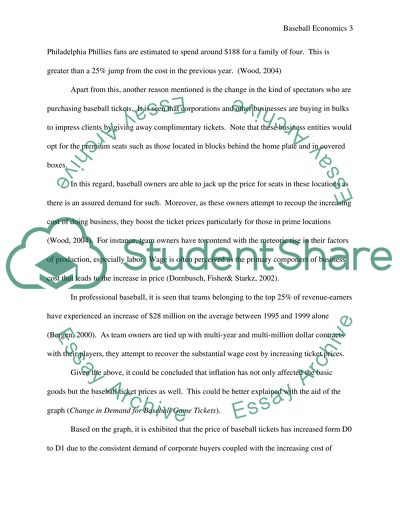Cite this document
(“Supply and demand in baseball Essay Example | Topics and Well Written Essays - 1500 words”, n.d.)
Supply and demand in baseball Essay Example | Topics and Well Written Essays - 1500 words. Retrieved from https://studentshare.org/miscellaneous/1534580-supply-and-demand-in-baseball
Supply and demand in baseball Essay Example | Topics and Well Written Essays - 1500 words. Retrieved from https://studentshare.org/miscellaneous/1534580-supply-and-demand-in-baseball
(Supply and Demand in Baseball Essay Example | Topics and Well Written Essays - 1500 Words)
Supply and Demand in Baseball Essay Example | Topics and Well Written Essays - 1500 Words. https://studentshare.org/miscellaneous/1534580-supply-and-demand-in-baseball.
Supply and Demand in Baseball Essay Example | Topics and Well Written Essays - 1500 Words. https://studentshare.org/miscellaneous/1534580-supply-and-demand-in-baseball.
“Supply and Demand in Baseball Essay Example | Topics and Well Written Essays - 1500 Words”, n.d. https://studentshare.org/miscellaneous/1534580-supply-and-demand-in-baseball.


